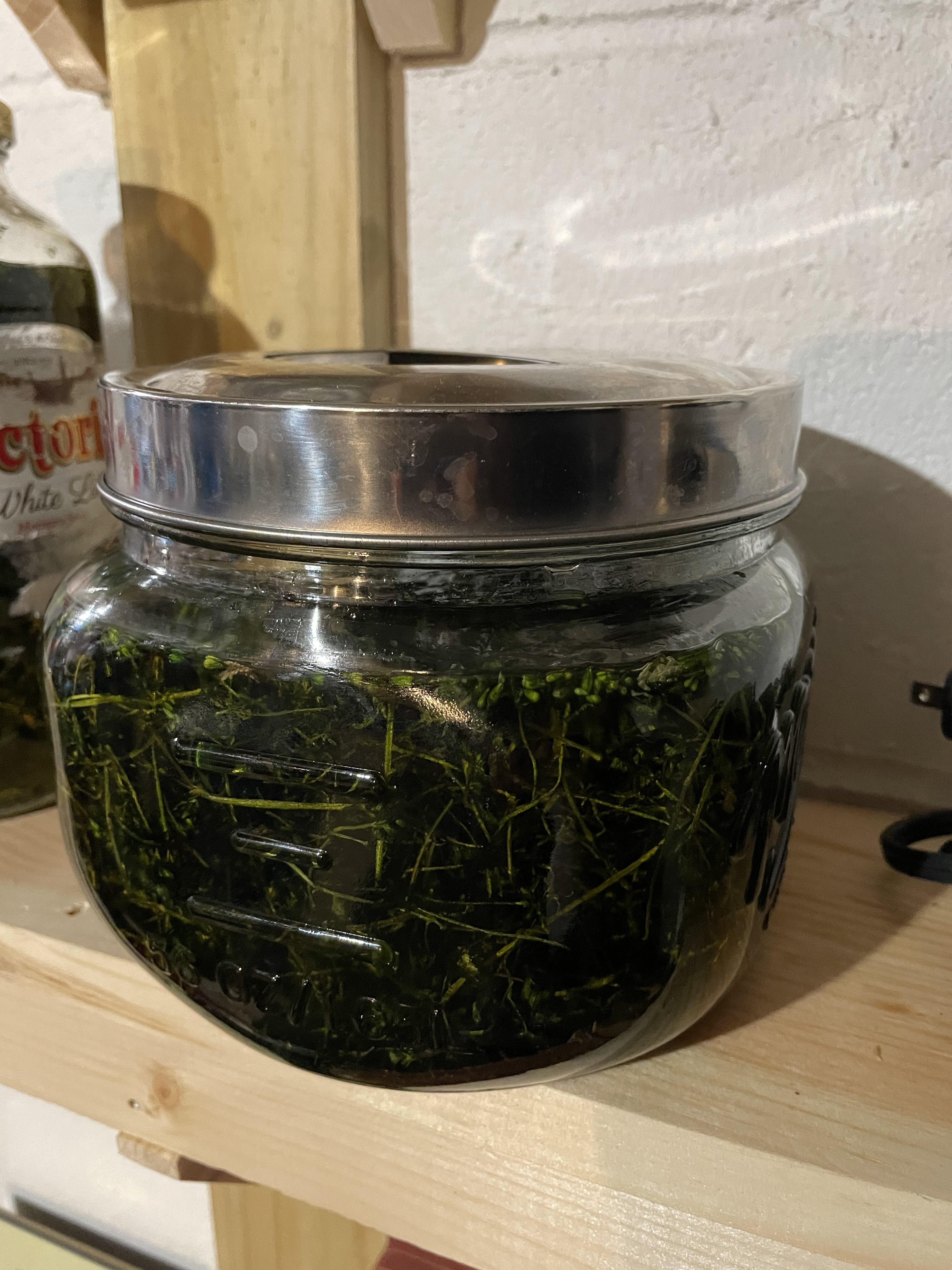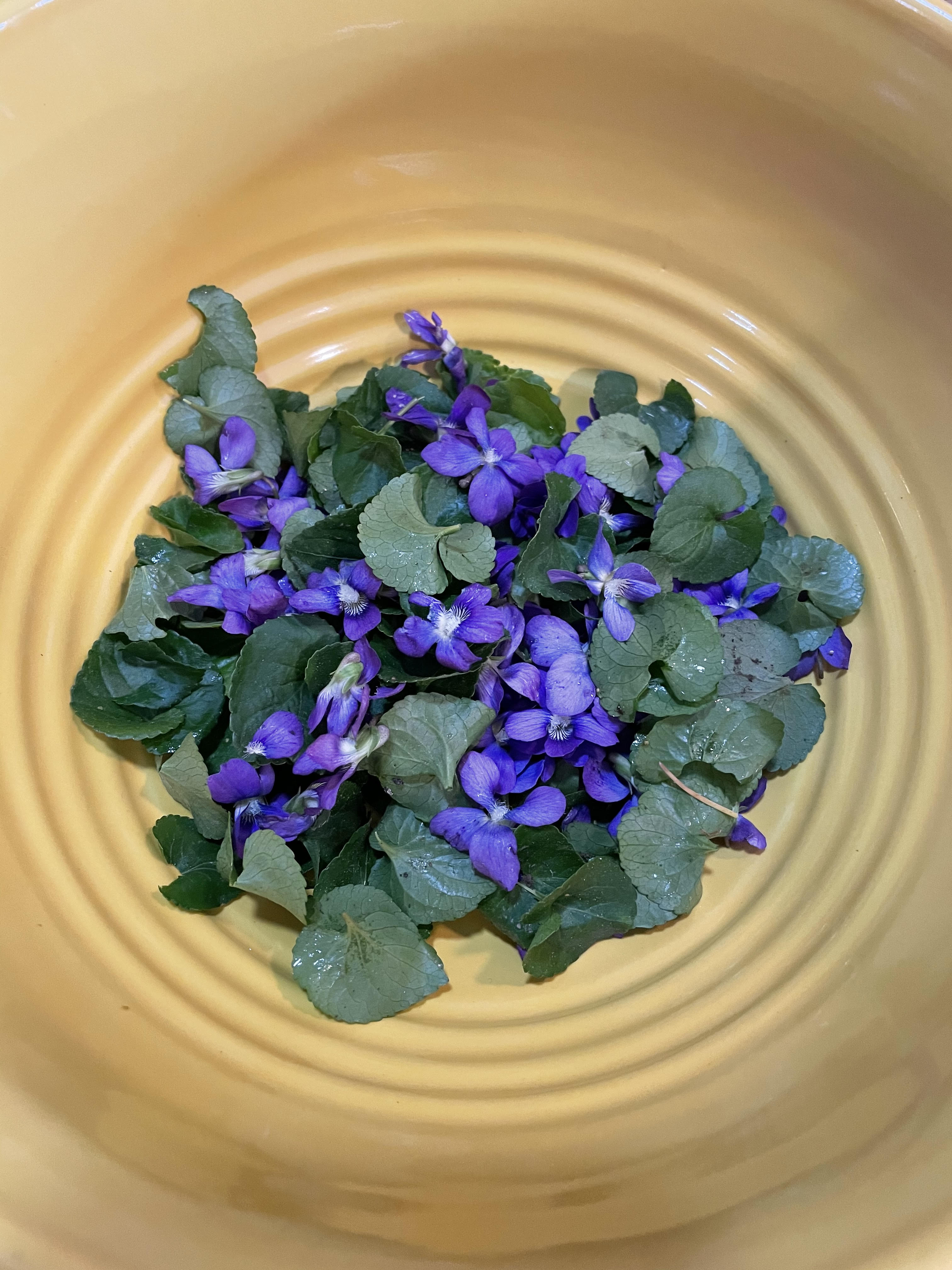This is a magical time of year on our property. Five acres of mixed areas of vegetation, some wooded, some wild, long grasses, shrubs and brambles, some grassed lawn and, of course, some horse paddocks.
This time of year though is when all the wild flowers are out and the spring buds are on the trees. We have trees that are covered in white blossom, pale and bright pink blossom, purple blossom and white and pink blossom. It truly is just beautiful!
Then down below we have a carpet of color. Dandelions of course (Taraxacum officinale), giving their bright sunny morning glow. Chickweed (Stellaria Media) with its tiny starshaped white flowers in abundance. The amazingly pretty and aptly named, Spring Beauty (Claytonia caroliniana) with its 5 dainty white petals with faint link lines and its pink stamen (I’m wondering if we’ll get any pink honey from these😊). Then there’s the Wild Thyme (Thymus x serpyllum) with its pinkish purple heads of flowers, which the bumble bees love. The gorgeous deep royal purple of the Wild Violets (Viola sororia) has to be a firm favorite of mine, and there’s another tiny little blue flower that I have yet to identify. Finally there’s the Lesser Celandine, ( Ranunculus figaria, ) yellow as a buttercup.
I should point out at this point that when I say “carpet” I really mean a carpet – all our grassed areas are COVERD in these flowers, and it looks AMAZING! We definitely did not have this many in years past and I do not know for sure whether it is due to the weather we had this past year (4 actual distinct seasons) or if it is due to the honey bees that we got last April. My money is on the bees, but time will tell.
Many of these plants have medicinal uses and many you can eat parts of directly from harvesting. Wild violet flowers are edible, as are young dandelion leaves, chickweed leaves and lesser celandine leaves – you’ve got yourself a wild salad right there! The only one of the above that I have not seen referenced as either edible or a homeopathic remedy is the Spring Beauty.
Last year I harvested some of our own Chickweed, dehydrated it (in a small dehydrator – you can do it in the oven on low, or on a tray in the window, but a dehydrator tends to do it more uniformly,) then infused it in Extra Virgin Olive Oil for 6 weeks. After this, I strained out the plant matter from the now infused oil and made a salve with it – beeswax and the infused oil melted together. At this point you can add essential oils if you wish; I did do a batch with German Chamomile added as it is super skin soothing and that is the whole purpose of this salve – it helps with any skin irritation, be it sunburn, eczema, bug bite, wounds taking too long to heal on their own, pretty much any skin issue.
It was so successful that this year I am making a much bigger batch. Here is the dehydrated plant matter being infused in one of two large jars of olive oil:

I also made a salve with infused Lesser Celandine last year, with equal amounts of success, though this has a little more targeted purpose. It is great for treating piles, boils or any other similar bulbous or tumour-like aberrations. It can be used as an infusion (like a tea) or as an ointment or salve for this purpose, with over two hundred years of documented evidence to its success.
This year I am harvesting Wild Violets for the first time:

This is the bowl full that I harvested this morning. Now to rinse and dry them, separate the leaves from the flowers this time as they can have different uses. Then go through the same process of dehydrating. I shall save some of the dried leaves and flowers for making herbal tea – good for sore throats and also for lowering cholesterol and blood thinning. The rest I shall infuse in olive oil, as described before, and make a salve to use for scrapes and bruises, arthritis and joint pain.
So much that you can do with a few wildflowers!
